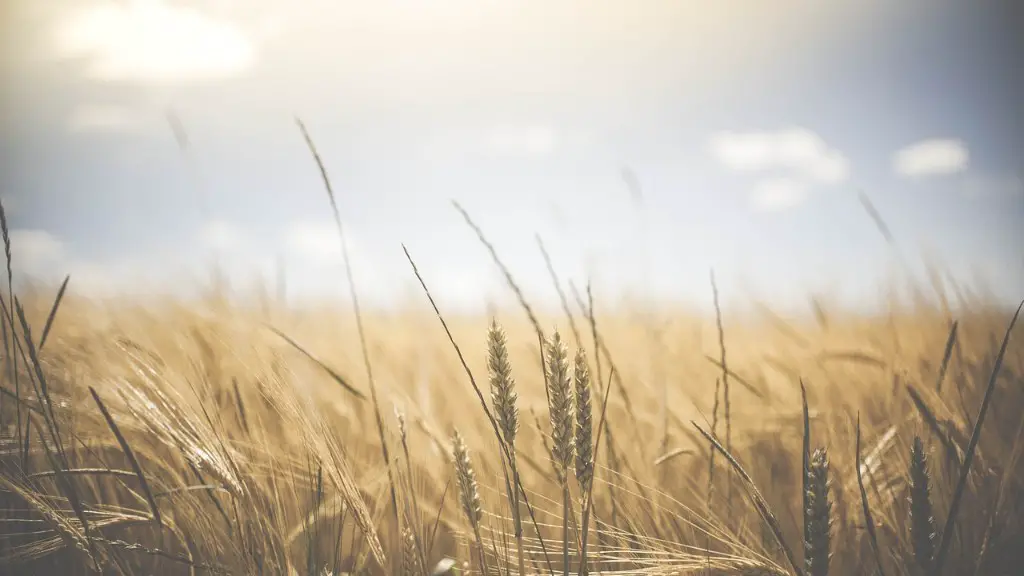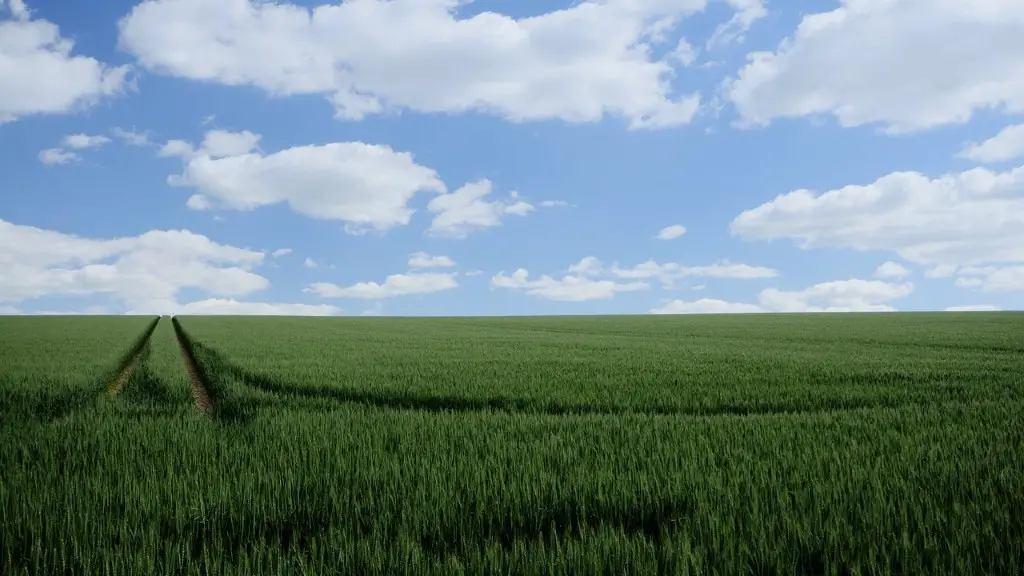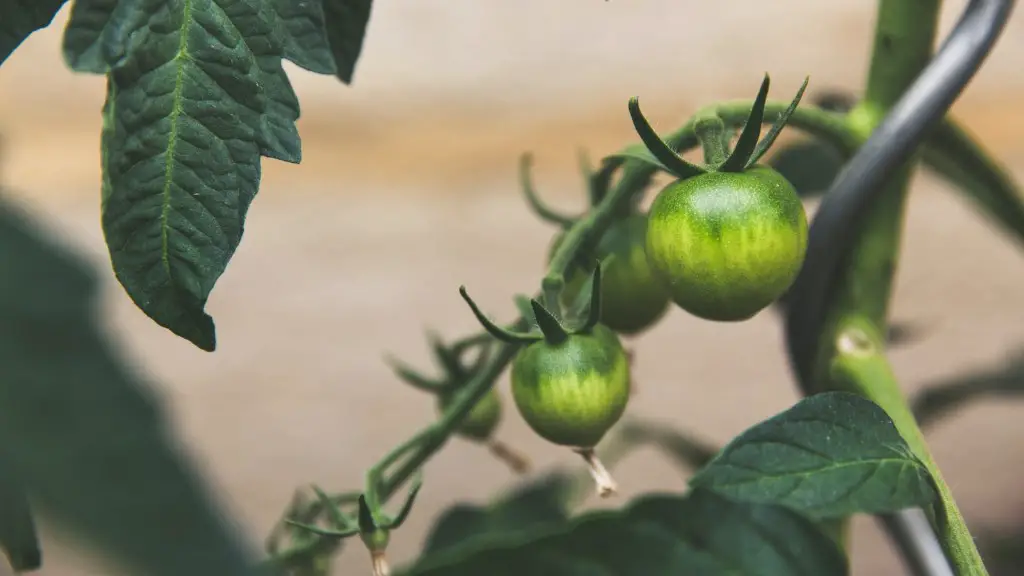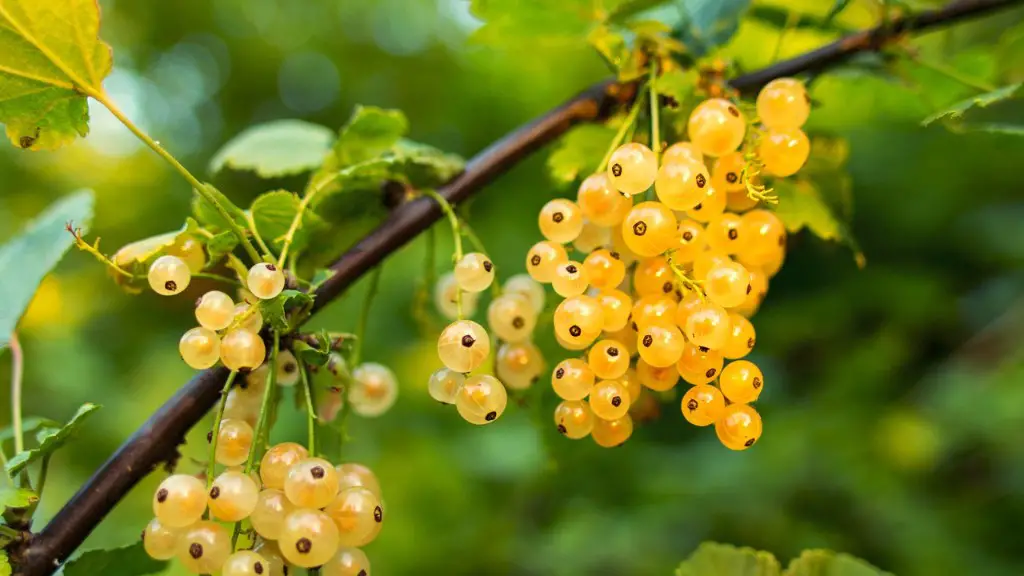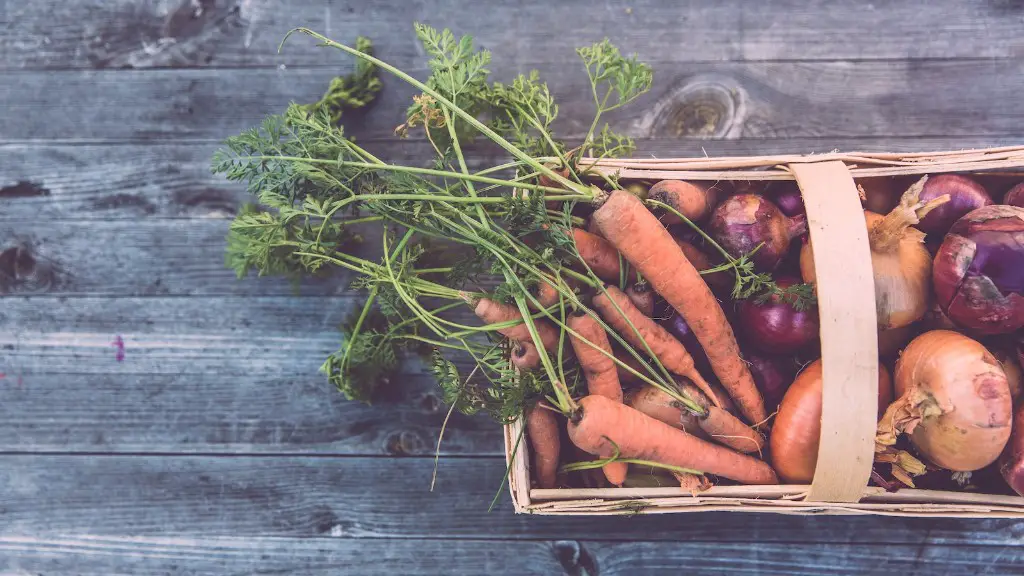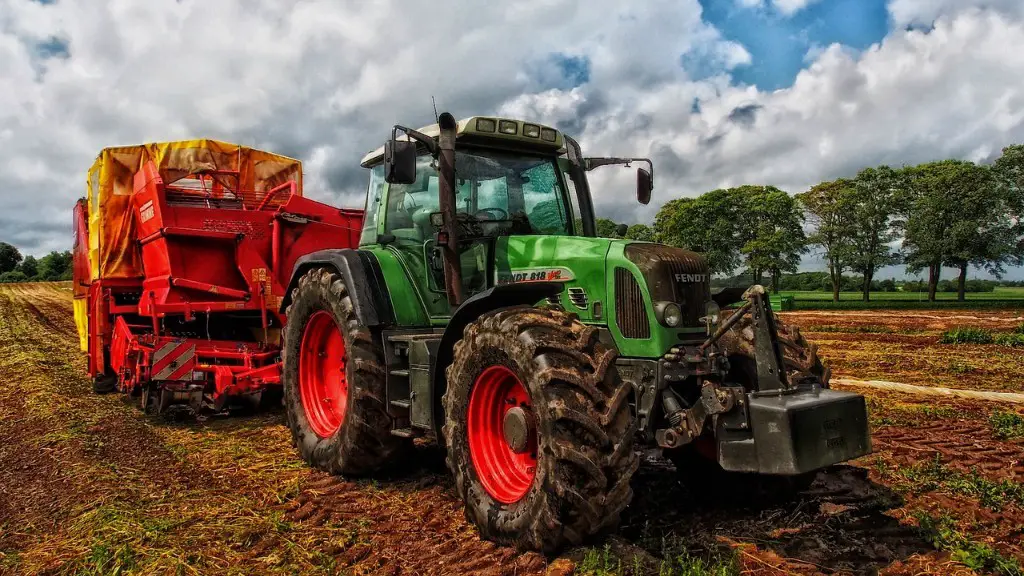Blockchain technology is becoming increasingly popular in a variety of industries, and agriculture is no exception. By definition, blockchain is a decentralized, distributed ledger that records transactions in a secure and tamper-proof way. In the context of agriculture, blockchain can be used to track food origins, ensure food safety, and trace the provenance of agricultural products. This can be particularly useful in the case of food recalls, for instance. Moreover, blockchain can be used to streamline the agricultural supply chain and make it more efficient. Farmers can use blockchain to sell their produce directly to consumers, cutting out the middleman and reducing costs. There are a number of startups and companies that are already using blockchain in agriculture, and the sector is expected to continue to grow.
The blockchain is a distributed database that allows for secure, transparent and tamper-proof record-keeping. In the context of agriculture, the blockchain can be used to track the provenance of food products, ensure food safety and quality control, and trace the origins of inputs used in agricultural production. The blockchain can also be used to create smart contracts that automatically execute transactions based on predetermined conditions.
How blockchain is used in agriculture?
Blockchain technology has the potential to revolutionize the agricultural industry by providing a secure and transparent way to track all types of information about plants. This data can be used to improve supply chain transparency and eliminate concerns associated with illegal and unethical operations. By tracking seed quality and crop growth, blockchain technology can help to ensure that food products are safe and of high quality. In addition, the technology can also be used to generate a record of the journey of the plant after it leaves the farm, which can help to improve food safety and traceability.
The Blockchain is a distributed database that allows for secure, transparent and tamper-proof record-keeping. This makes it an ideal tool for tracking the provenance of food items, as well as ensuring food safety and quality control.
For farmers, the Blockchain can provide a more efficient way of managing their operations, as well as fairer payments for their produce. In a supply chain context, the Blockchain can help to increase transparency and traceability, which is essential for maintaining food safety and quality.
Overall, the implementation of the Blockchain in agriculture can bring about many benefits in terms of food safety, quality control, and farmer efficiency.
What problems can blockchain solve in agriculture
Blockchain technology can help to create a more transparent and efficient agriculture market, by tracking food production and supply chains using distributed ledgers and smart contracts. This would help to reduce counterfeits and provide healthier products to consumers. In addition, blockchain technology can help to build trust between business players and enable a better life for people at a global scale.
Food supply blockchains can help to protect businesses and the supply chain by providing better performance, control and security. By maintaining a digital record, blockchains can provide a more efficient and secure way of managing data and transactions. This could help to improve the safety and quality of food supplies, as well as reducing costs and waste.
Which state has already started using blockchain in agriculture?
The Andhra Pradesh government has collaborated with a Swedish company to develop a blockchain-based platform for land registration. This will enable farmers to directly contact the government, thereby saving them from frauds.
Blockchain technology has the potential to revolutionize the food industry. By making it possible to easily trace where a food item comes from, blockchain can help the food industry improve its overall quality and reliability. Aside from improving food safety, implementing blockchain technology in food supply chains can also lead to more accountability for food manufacturers and suppliers.
What are three disadvantages of blockchain technology?
The implementation cost of blockchain is higher compared to a traditional database. This is because each node in the network must play a crucial role in verifying and storing each transaction. As a result, the transaction throughput is lower and there is redundancy. These factors make blockchain more expensive to implement.
The growth rate of blockchain technology in the agriculture and food supply chain market is expected to be 481% by 2025. This is due to the increasing adoption of blockchain technology by various industries to streamline their operations and supply chain management.
What are the pros and cons of blockchain
The blockchain is a distributed database that is used to store a growing list of records, called blocks. Each block contains a timestamp and a link to the previous block. Blockchain technology is used to create new blocks in a secure, tamper-resistant way.
The main advantages of blockchain technology are its efficiency, security, and lack of intermediaries. These characteristics can make it an ideal option for those looking to safely store a range of data. For example, blockchain technology could be used to store medical records, identity information, and financial transactions.
However, since there’s no centralized party to govern the database, you can never recover any assets if you lose your private key. Additionally, blockchain technology is still in its early stages of development and it remains to be seen how it will be adopted by the mainstream.
Blockchain technology is still in its early stages, and software flaws remain a concern. Few business leaders fully understand blockchain and related technologies, which can make it difficult to assess whether or not blockchain is suitable for a particular use case. Scaling remains an issue for blockchain (but less so than it once was), and governance is essential to ensure that the technology is used effectively.
How does blockchain reduce food waste?
A digital food system that utilizes blockchain technology can help to reduce food waste by promoting trust and transparency among all participants in the food supply chain. With blockchain, all participants can better track the quantity of food wasted and of food rescued, allowing for more efficient and effective use of resources. By digitizing records in a decentralized manner, blockchain also enables all participants to have access to the same data in real-time, reducing the need for duplicative efforts.
The main benefits of blockchain technology are the enhanced security it offers, the greater transparency it provides, the increased efficiency and speed, and the automation it enables. All of these factors combine to make blockchain an appealing solution for businesses and governments looking to improve their data security and streamline their processes.
What are examples of blockchain in the food industry
Blockchain companies are working to revolutionize the food industry with new technologies that can help track food items throughout the supply chain. This can help ensure food safety and quality, as well as provide transparency to consumers about where their food comes from. Some of the leading blockchain companies in the food industry are AgriChain, AgriDigital, Greenfence, IBM, Kezzler, Mojix, Ripeio, TagOne, and more. These companies are working on various applications of blockchain technology to the food industry, from traceability to quality control to supply chain management.
Walmart is a leader in supply chain management and is now using blockchain to create an automated process for handling invoices and payments of its 70 third-party freight carriers. This will help to streamline the payment process and make it more efficient. Additionally, it will help to ensure that invoices are accurate and that payments are made on time. This will benefit both Walmart and its freight carriers.
How does blockchain work for food traceability?
Food fraud is a big problem that has been plaguing the food industry for a long time. With the increasing globalisation of the food supply chain, it has become more difficult to track the origins of food and to ensure that it is safe and fit for consumption. Blockchain technology has the potential to solve this problem by providing a transparent and immutable record of where food has come from and what has happened to it along the way. This would allow consumers to make informed choices about the food they buy, and would help to ensure that contaminated food is quickly identified and removed from the supply chain.
Blockchain (us), Inc. is a Brooklyn, NY-based company that provides blockchain technology solutions. The company offers a platform that allows users to create, manage, and track blockchain-based assets, as well as provide data and insights on the blockchain market. Blockchain (us), Inc. is a privately held company with undisclosed funding.
Warp Up
The blockchain is a distributed ledger that provides a permanent record of all transactions that have ever been executed. This information is stored in a chronologically-ordered chain of blocks, with each block containing a hash of the previous block. This enables each block to be verified and linked together, forming an immutable record of all transactions that have ever been made.
In agriculture, the blockchain can be used to track the provenance of food products, ensuring that they are safe and of the highest quality. This information can be shared with consumers, providing them with visibility into the origins of their food. In addition, the blockchain can be used to track the movement of food products throughout the supply chain, providing enhanced traceability and transparency.
In conclusion, blockchain in agriculture is a great way to keep track of food production and ensure that farmers are getting paid fairly for their products. This system can also help to cut down on food waste and ensure that food is getting to those who need it most.
